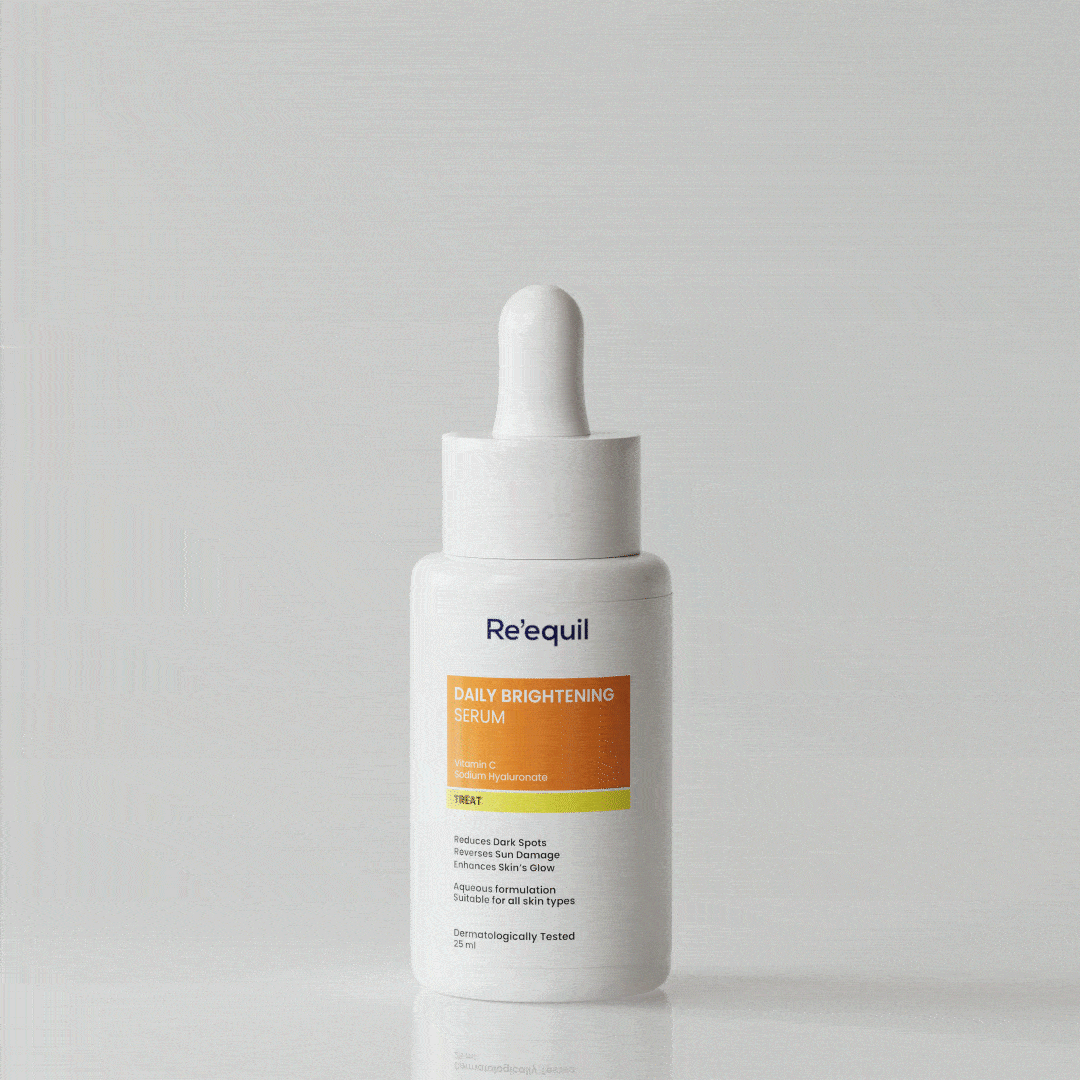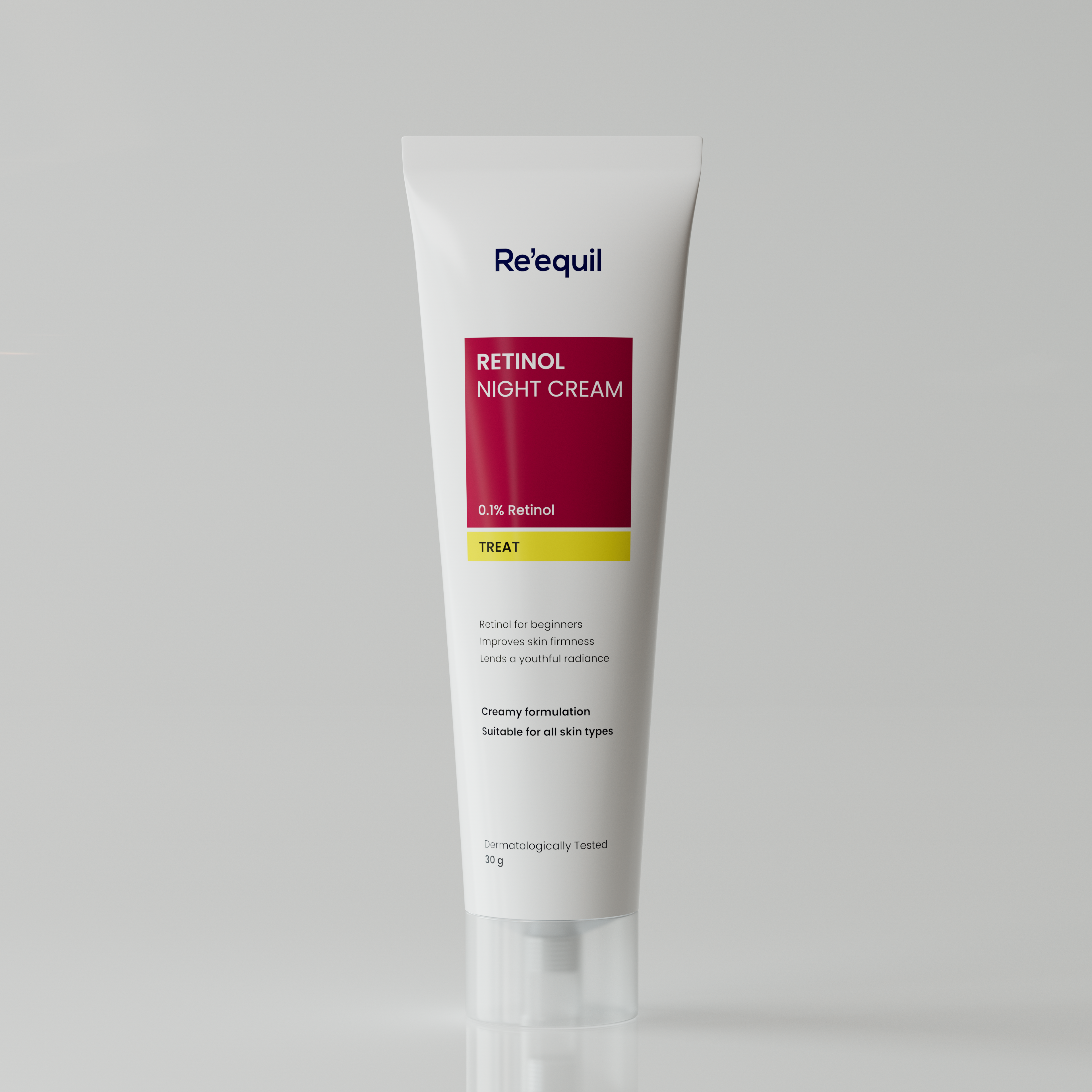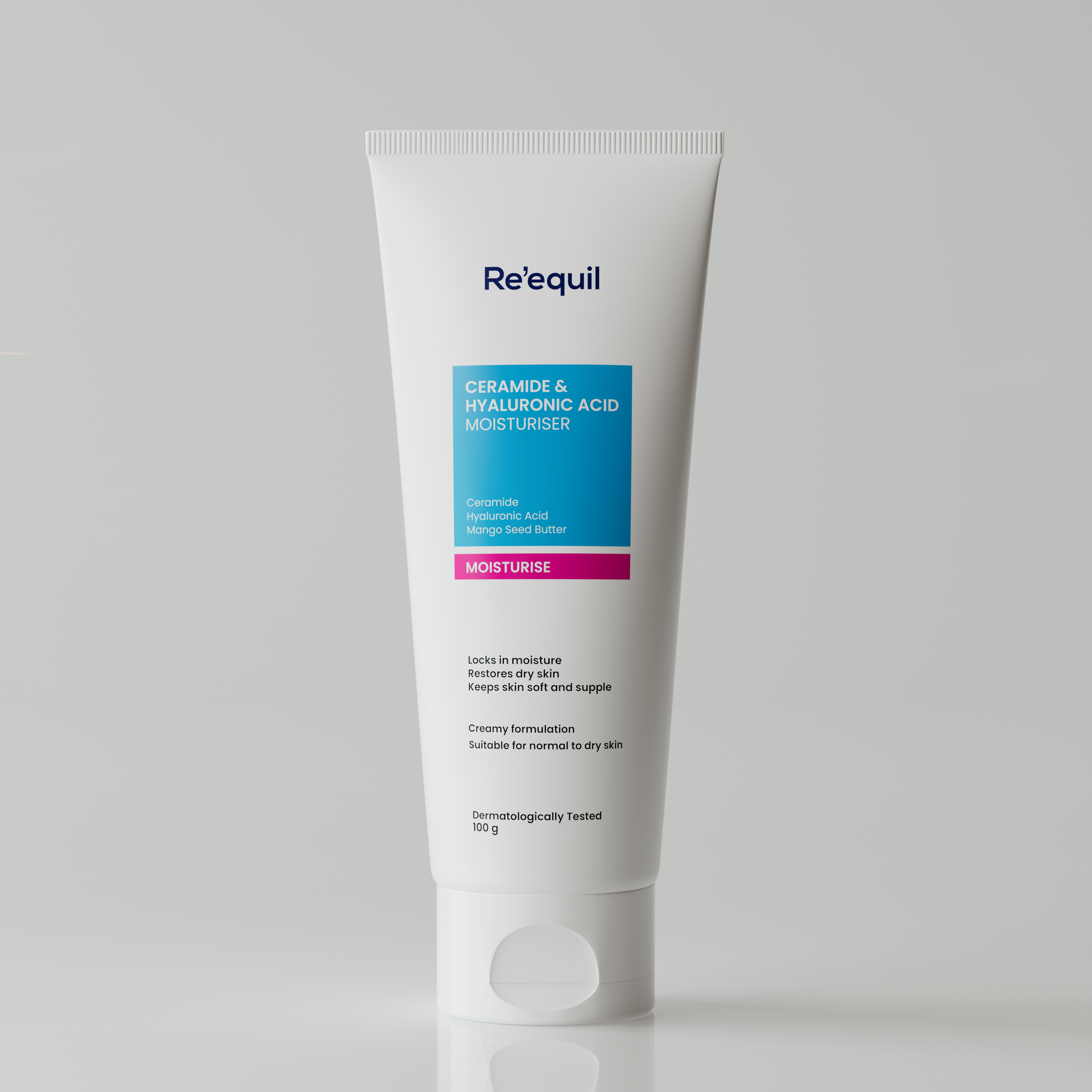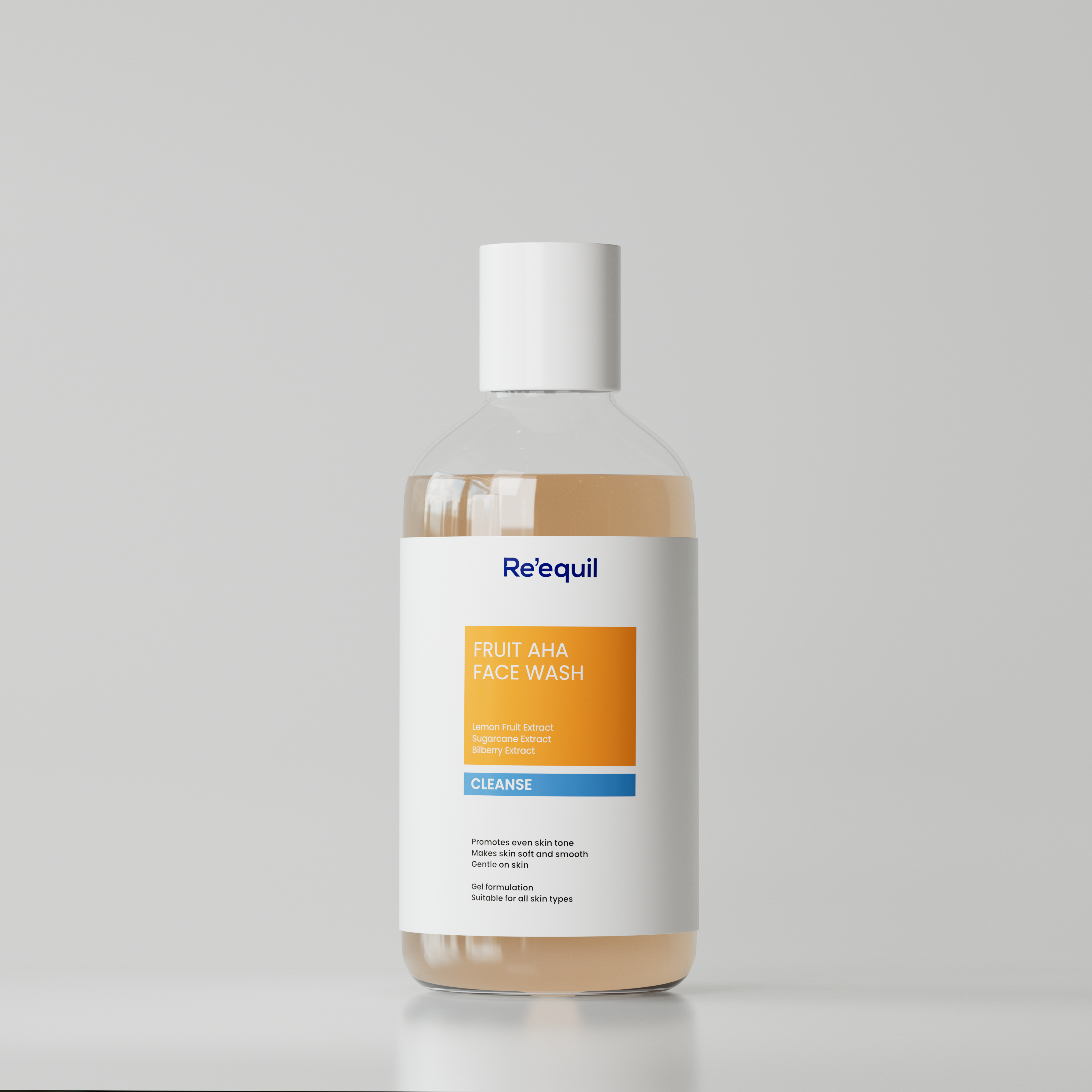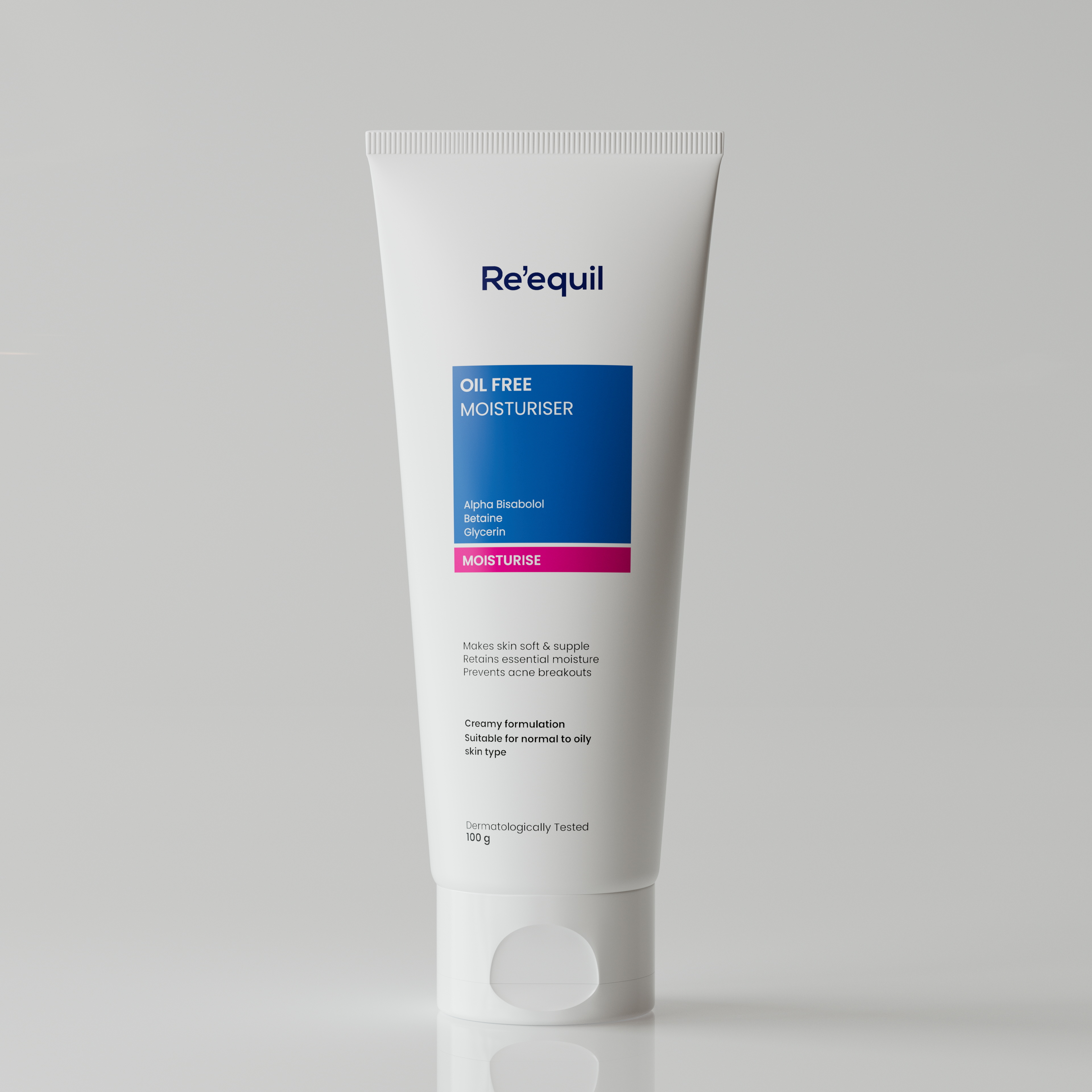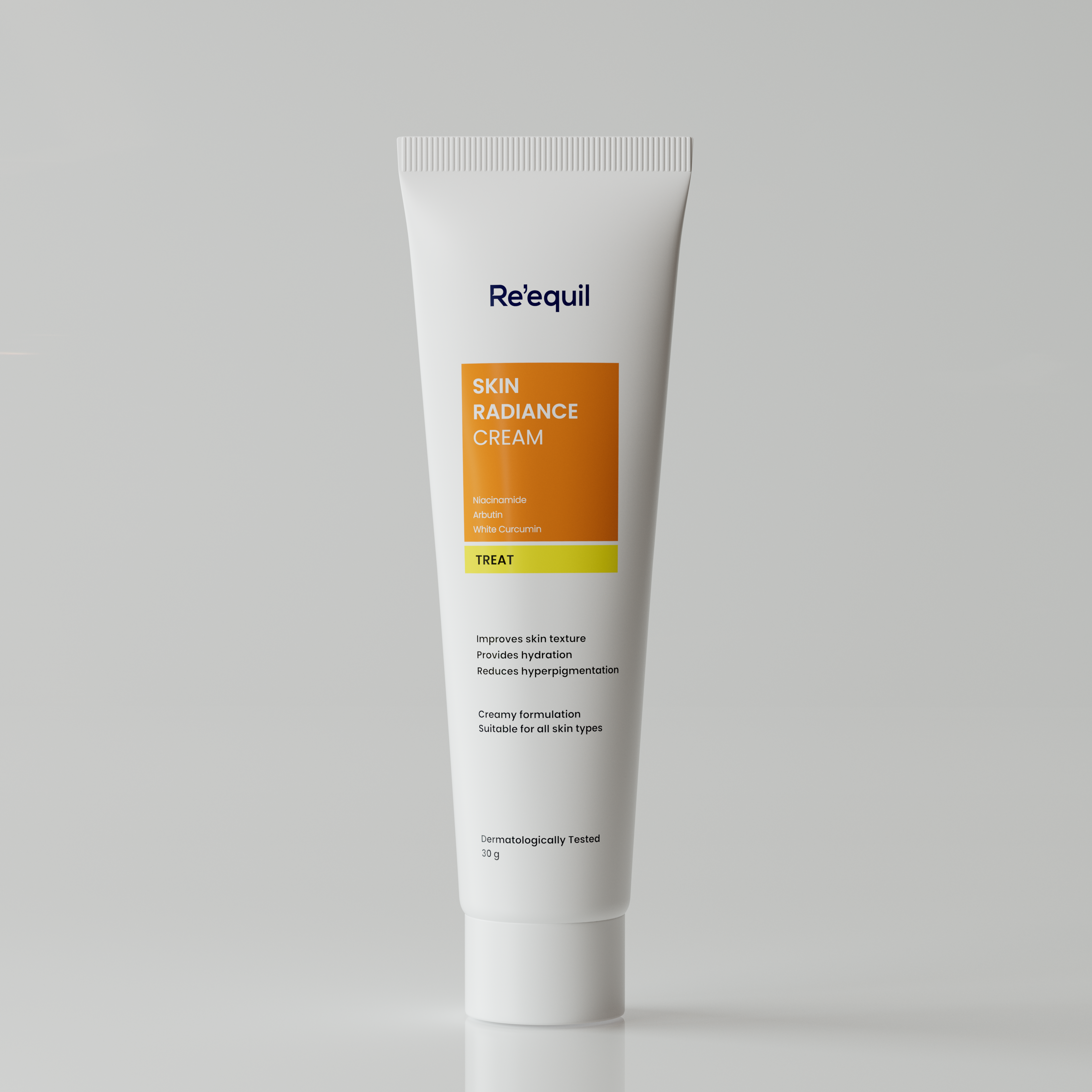Cystic acne is very rare but certainly severe enough to bring emotional distress the way it appears on your skin. Clear and healthy skin boosts your mood and makes you feel happy. It is quite understandable that long-term acne problems dramatically undermine your confidence and self-image. Don’t worry, you are not alone dealing with painful bumps of the face. Statistics reveal that approximately 80% of people between 12- 30 years of age face acne problems.
The good news is, cystic breakouts are pretty manageable if treated in the first place.
Cystic acne
It is a very serious form of acne, which is characterized by large pus-filled and painful cysts underneath the skin. Hormonal imbalance is the main cause of cystic acne in the teenage years. At the time of puberty, androgen hormone levels get elevated which leads to enhanced sebum production. Despite this, several other factors are also associated with cystic acne formation -
- Hormonal fluctuations during the menstrual cycle or pregnancy
- Use of birth control pills
- Hormonal therapy
- Stress
- External factors like too much humidity and sweating
- Use of greasy cosmetics, cleansers, and lotions
How to identify cystic acne
If you find red, painful, and irritating bumps on your skin, then you have developed cystic acne. Apart from this, cystic acne may have these characteristics
- Large white bump
- Large pus-filled cyst
- Redness
- Tender or painful to touch
Tips
- Choose a gentle face cleanser
- Apply a cold compress
- Try Topical ointments
- Avoid popping pimple

1. Choose a gentle face cleanser
In cystic acne, clogged pores cause bacterial infection and pus formation. According to the dermatologist, unclogging congested pores is the first in treating cystic acne. It is vital to opt for face cleansers that possess non-comedogenic, anti-inflammatory, anti-microbial, and oil-controlling properties. For the best results, it is good to use a face wash that does not contain any harsh ingredients as they may lead to skin irritations.
2. Apply a cold compress
During the cystic acne treatment, cold compress acts as a soothing remedy to relax the inflamed skin. A New York-based board-certified dermatologist Rachel Nazarian suggests that ice cube helps to relieve the inflammation and redness in cystic acne by constricting the blood vessels. Wrap the ice cubes in a towel and apply them to the red bumps. Please make sure that you wash your face before applying the ice cubes as if you wash your face afterward, it will warm the skin right away which ultimately makes icing less effective.
3. Try Topical ointments
A research study published in The Journal of Clinical and Aesthetic Dermatology has elucidated the efficacy of the over the counter products that contain salicylic acid in treating active acne. Salicylic acid is a beta hydroxy acid (BHA’s) that helps to unclog the pores through exfoliation. Being oil soluble in nature, BHA’s penetrate deeply into your pores and help to get rid of grime, impurities, and bacteria. Additionally, anti-inflammatory properties of salicylic acid help to provide the relief in acne pain. The use of salicylic acid based ointment is found quite helpful for people having oily or acne prone skin.
Benzoyl peroxide is another ingredient that is used to treat the acne. However, for the sensitive skin types, it is very imperative to choose the right concentrations of benzoyl peroxide. The higher concentrations of benzoyl peroxide are reported to cause skin burning and peeling when used on the face.
4. Avoid popping pimple
In the case of cystic acne, it feels tempting to squeeze the pus out of the pimple. Board certified dermatologists agree that popping pimple can worsen your infection. Not only this, but also put you at a greater risk of acne scarring. When you touch your pimple, you transfer more bacteria to the site of infection from your hands.

Cystic acne if left untreated can lead to scarring in the form of ice-pick scars, larger pits, shallow depressions in the skin, and raised scars. That is why early treatment of cystic acne is considered very important. To add to this, research studies suggest that high stress levels also trigger sebum production, which eventually leads to clogged pores and pus-filled bumps.
Being diligent about your skin care routine is a fantastic way for flawless and acne-free skin.
P.S.
The use of the over-the-counter product (OTC) is found to be effective in treating mild to moderate cases of cystic acne. However, even after trying everything if you do not see any improvement in your acne condition, consider visiting a dermatologist. In severe cases of skin infections, your doctor might prescribe oral medication along with topical treatment.




